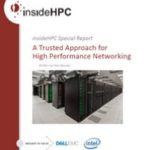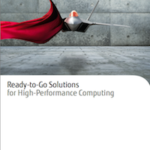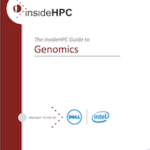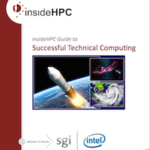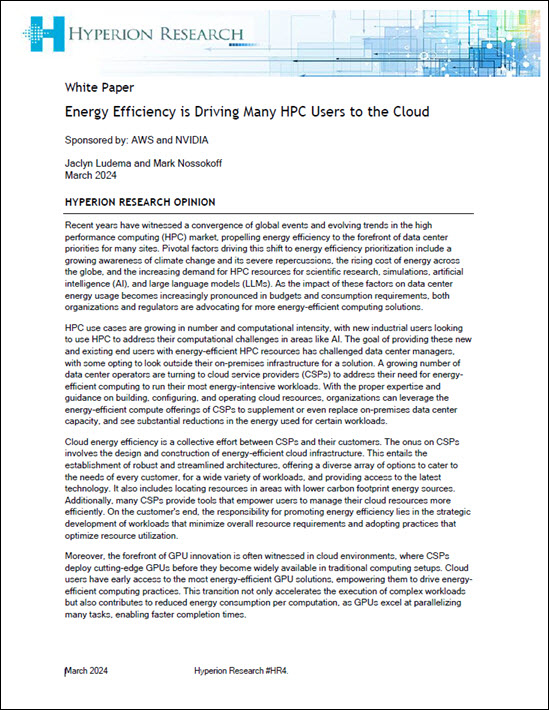This timely article from our friends over at HPE provides the following key takeaways: HPE Hybrid HPC provides you choice to meet demanding workload needs; HPE is committed to your success by offering their Early Access Program (EAP); Take advantage of HPE’s strategically assembled partner ecosystem to maximize success.
Using HPC to Track Massive Ice Shelves
Mellanox Technologies’ Vice President of Marketing, Gilad Shainer, discusses the University of Alaska Fairbanks and Mellanox’s high performance computing work that is tracking the Earth’s most massive ice shelves. Essentially, the simulations needed to track the massive ice sheet’s progress require extremely large resolutions, large outputs and high computational demands – all of which requires massive computational power.
Discover a New Compute Experience at HP-CAST 28
To help customers discover a new compute experience marked by enhanced agility, security, and control, HPE will host its High Performance Consortium for Advanced Scientific and Technical (HP-CAST) computing users group event in Frankfurt, Germany from June 16th-17th. HPE’s Bill Mannel covers highlights from the upcoming conference.
Overcoming the Learning Curve of New Processor Architectures
High-performance computing (HPC) tools are helping financial firms survive and thrive in this highly demanding and data-intensive industry. As financial models grow in complexity and greater amounts of data must be processed and analyzed on a daily basis, firms are increasingly turning to HPC solutions to exploit the latest technology performance improvements. Suresh Aswani, Senior Manager, Solutions Marketing, at Hewlett Packard Enterprise, shares how to overcome the learning curve of new processor architectures.
High Performance System Interconnect Technology
Today, high performance interconnects can be divided into three categories: Ethernet, InfiniBand, and vendor specific interconnects. Ethernet is established as the dominant low level interconnect standard for mainstream commercial computing requirements. InfiniBand originated in 1999 to specifically address workload requirements that were not adequately addressed by Ethernet, and vendor specific technologies frequently have a time to market (and therefore performance) advantage over standardized offerings.
Many-Task Computing for Grids
Many-task computing aims to bridge the gap between two computing paradigms, high throughput computing and high performance computing.
High Performance Computing from Fujitsu
The developments that have taken place in high performance computing (HPC) over the decades can be described quite simply: Without Fujitsu research, the development of the supercomputer would have been quite different.
Genomics High Performance Computing Guide
There are times when a convergence of technologies happens that can benefit a very large number of humans in order to improve their well-being. A number of technological innovations are coming together that can greatly enhance the recovery from life-threatening illnesses and prolong and improve the quality of life. With a combination of faster and more accurate genomics sequencing, faster computer systems and new algorithms, the movement of discovering what medicine will work best on individual patients has moved from research institutions to bedside doctors. Physicians and other healthcare providers now have better, faster, and more accurate tools and data to determine optimal treatment plans based on more patient data. This is especially true for pediatric cancer patients. These fast-moving technologies have become the center of a national effort to help millions of people overcome certain diseases.
Successful Technical High Performance Computing
This paper offers those considering HPC, both users and managers, guidance when considering the best way to deploy an HPC solution. Three important questions are suggested that help determine the most appropriate HPC design (scale-up or scale out) that meets your goal and accelerates your discoveries.




